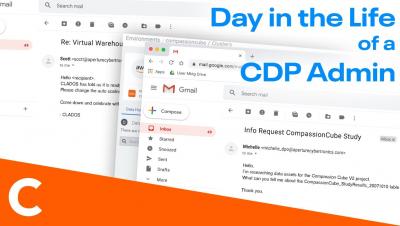Take Control of Your Destiny, Leave Retail Laggards in the Dust
Ongoing reports of the “Retail Apocalypse” were fueled once again in 2019 with more than a dozen well-known retail brands closing their doors forever. On the flip side, a “Retail Renaissance” is well underway – and signs indicate that retail leaders that have already invested in their digital transformation journey will continue to reap rewards well into the future.



